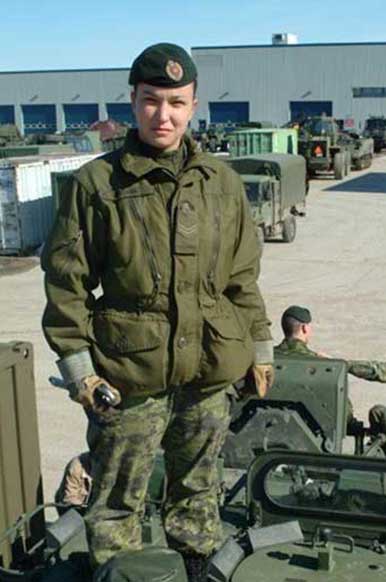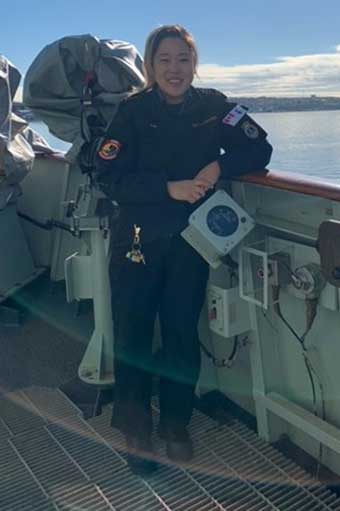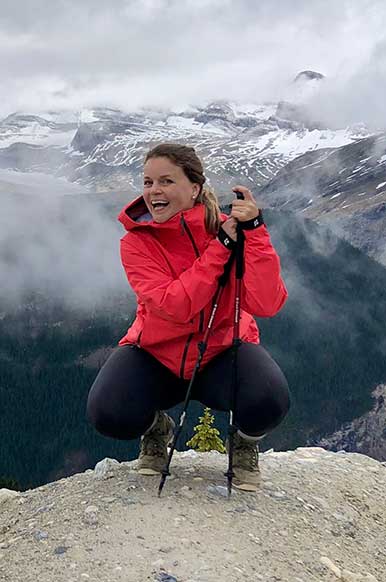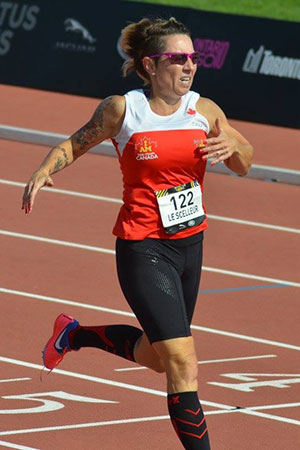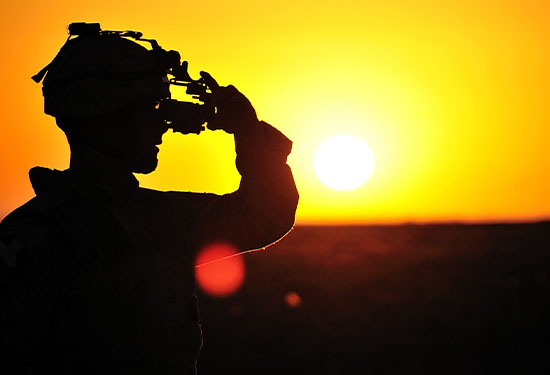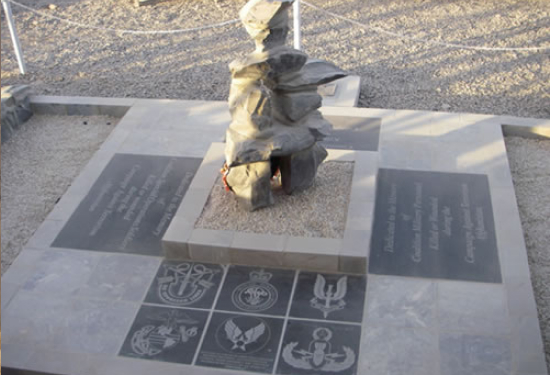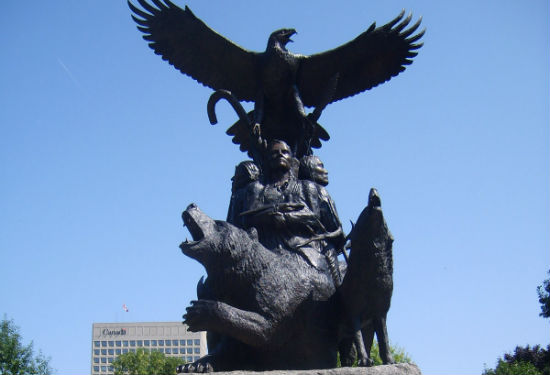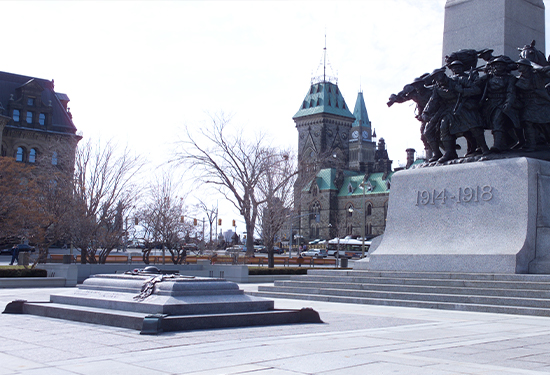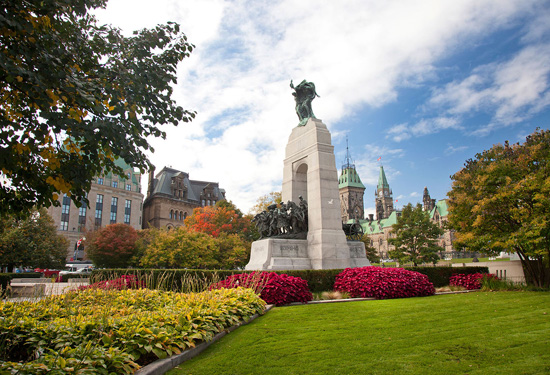
Afghanistan Stage 2
Combat in Kandahar
The conflict enters its most dangerous phase for Canadians. Our troops led their largest combat operation since the Korean War.
Mid 2005 – mid 2011
Afghanistan
Table of contents

Canada in Afghanistan - Fallen Canadian Armed Forces Members
Search for family and friends who died in service.
Introduction
The strength of the Taliban resistance grew, despite their loss of government power. Canadian troops moved from Kabul back to the perilous Kandahar Province. Combat operations soon became a regular duty. Canada assumed leadership of various reconstruction and advisory teams there. Operation Medusa took place in September 2006. It would be the largest Canadian combat operation since the Korean War. Priorities in rebuilding Afghanistan were set and plans for Canada to eventually leave Afghanistan began.
Kandahar
In 2005, the role of the CAF evolved again when they began to shift back to the volatile Kandahar region. The Taliban government had been toppled, but the Taliban remained strong in some areas of the country. Canada's return to Kandahar coincided with a resurgence in Taliban activity there. Our soldiers quickly found themselves the targets of attack.

Corporal Brandon Bourdon, 1RCR B COY 4 Platoon, fires an M72 rocket launcher at insurgents that set up an offensive in a grape hut. Photo: DND AR2010-0320-78
Canadian police involvement
Our police forces' role was a lesser known component of Canada's efforts in Afghanistan. Approximately 300 RCMP members, and provincial and municipal police officers worked to train, build and mentor the Afghan National Police Force. They collaborated with military personnel, diplomats and non-government organizations to create a stable, democratic and self-sufficient society. They shared tactics and techniques that worked in Canada and showed the Afghan police and military forces how they might be applied in Afghanistan. Our police officers aimed to help leave the country a better place than they found it.
Reconstruction and advisory teams
The political situation in Afghanistan and Canada shifted over the years. As such, the focus of our military mission there also evolved. Leadership coalitions and advisory teams were set up to help rebuild the country.
In August 2005, Canada assumed leadership of the Kandahar Provincial Reconstruction Team—one of our largest initiatives there. Many Canadian military, police and foreign affairs personnel helped the Afghan people. Our soldiers conducted foot patrols, reconnaissance missions and provided security for elections. They also worked to eliminate the stockpile of illegal weapons in the country. The general goal was to rebuild this area of Afghanistan.

Soldiers of Alpha Company(A Coy) conduct operations in the Panjwaii District of Kandahar Province as part of Operation MEDUSA. Photo: DND AR2006-P005 0031
Cooperating with Afghan officials, they worked on national development strategy, public administration reform and gender equity in the country. Canadians sought to help stabilize Afghanistan's government.
In early 2006, CAF members began combat operations in Kandahar as part of a new phase of Operation Athena. At its peak, the number of Canadian soldiers deployed was almost 3,000. This chapter of Canada's efforts in Afghanistan was the most dangerous. Anytime Canadian soldiers left the relative safety of their main camps to go "outside the wire," the danger was very real.
Operation Medusa
In September 2006, the CAF led a major multinational offensive in Kandahar Province. More than 1,000 CAF members and hundreds of soldiers from other countries took part. Operation Medusa was the largest Canadian combat operation since the Korean War. Sadly, 12 CAF members lost their lives in this hard fought effort.

Gunners from X Battery, 5e Régiment d’artillerie Légère du Canada (5 RALC) at Patrol Base Wilson, conduct a fire mission with the M-777 155mm howitzer, to support Coalition forces who have located a Taliban position. Photo: DND IS2007-0467
At the time, Kandahar was a hotbed of Taliban activity. The threat of suicide attacks and roadside bombs was a constant risk. Landmine and friendly fire incidents took the lives of many of our soldiers but improvised explosive devices (IEDs) caused the most Canadian casualties. For more than five hard years, CAF members operated in Kandahar with other ISAF troops. Together, they helped push the Taliban from the Panjwai district.
Air and sea
As CAF ground troops entered their most dangerous phase, Canada's efforts in the air and sea continued. From late 2008 until mid 2011, for example, the Joint Task Force Afghanistan Air Wing provided support to coalition troops. They contributed airlift, surveillance and reconnaissance support. Canadian warships continued to contribute to coalition efforts at sea, as well. Beginning in late 2009, CAF sailors were part of Operation Saiph, a renewed international campaign to enhance maritime security in the waters off Southwest Asia.

Canadian Forces Griffon and Chinook helicopters fly in formation during a training mission for OP MOSHTARAK. Task Force Freedom, Canada's Helicopter presence in Afghanistan prepares for the largest air assault since the Second World War the Canadian component will consist of 3 Chinook helicopters, 4 Griffon helicopters and approximately 60 Canadian Forces members. The Canadian Armed Forces have conducted operations in Afghanistan for more than 12 years in a number of different roles involving air, land and sea assets. CAF activities included combat, security, development, support and training operations in varying capacities and regions in Afghanistan. Photo: DND ISX2010-0024
Civilian casualties
Our men and women in uniform were not the only Canadian casualties in Afghanistan. In January 2006, a suicide bomb attack killed a Political Director for the Provincial Reconstruction Team in Kandahar. He was the first Canadian diplomat killed in the line of duty.
The reporters who brought news of the campaign home to Canadians were also at risk. In December 2009, a journalist from the Calgary Herald was travelling with four soldiers during a routine patrol. Sadly, she and the soldiers died when an IED hit their light armoured vehicle in the city of Kandahar.
Some Canadian humanitarian aid workers also died while working in the war torn country to help the Afghan people.
Shifting priorities
On 16 November 2010, the Government of Canada announced our country's main roles in Afghanistan before our military withdrew in 2014. There were four key priorities: education and health, security, diplomacy in the regions, and humanitarian aid. This set the stage for the final phase of CAF involvement in the Afghanistan campaign.

- Date modified:






